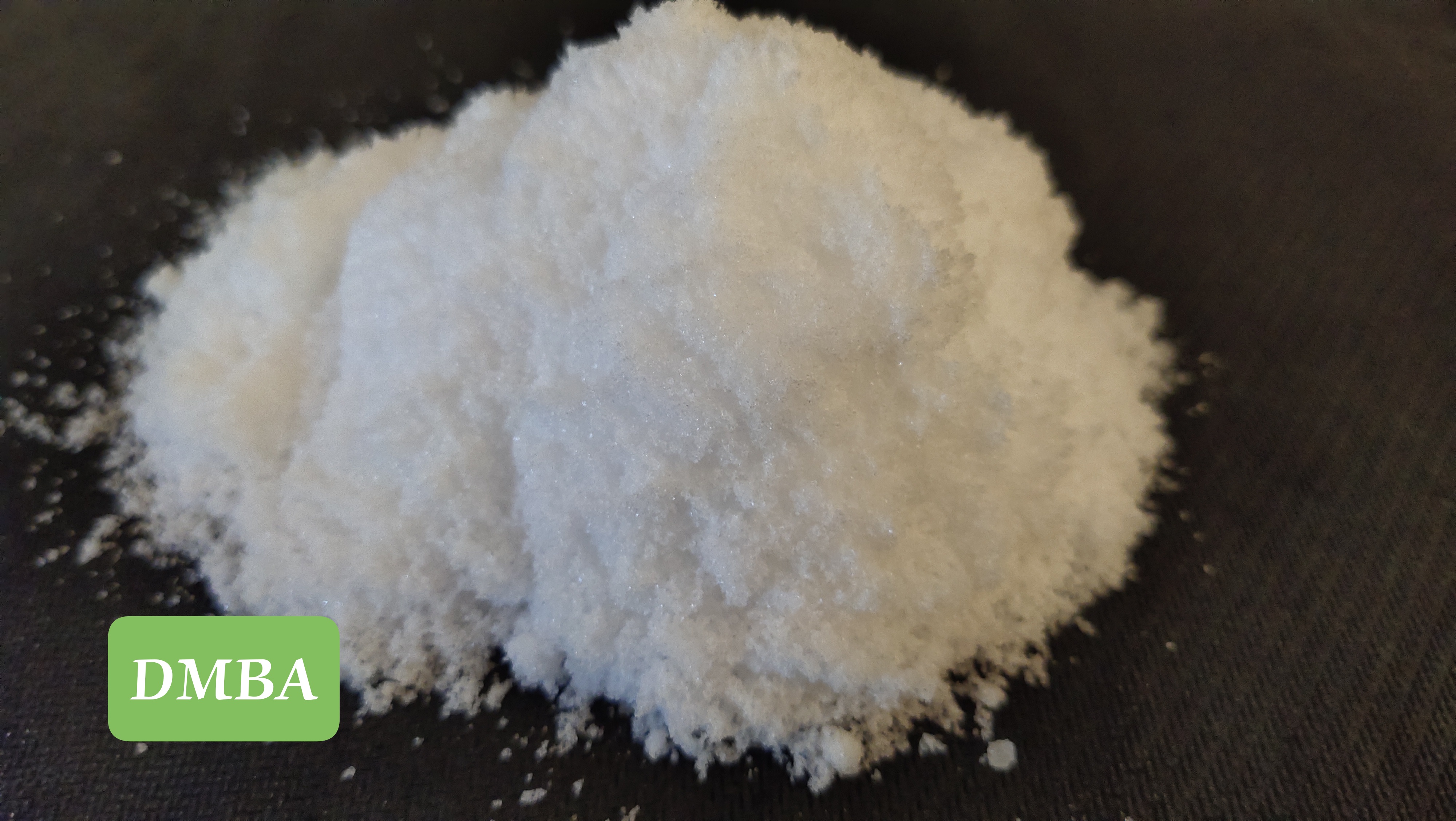By Manasa Reddigari and Bob Vila | Updated Feb 8, 2021 3:47 PM
We may earn revenue from the products available on this page and participate in affiliate programs. 2 Part Polyurethane Resin

Q: I’d like to repaint my kitchen cabinets, which had been done with oil-based paint. Must I use oil-based paint for the project, or can I use up some water-based paint I have left over from another job?
A: You’re correct to assume that it’s generally best to use more oil-based paint—in either an alkyd (made with a synthetic resin binder) or natural oil (such as linseed) formula—to refresh surfaces already coated with oil-based paint. Using water-based or acrylic paint when painting over oil-based paint is likely to cause peeling or chipping because those formulas don’t bond well with the naturally glossy surface of oil-based paint.
Yet it’s easy to understand why you’d want to go with water-based paint—it boasts lower volatile organic compound content (and less smelly fumes), faster drying time, and better resistance to discoloration from sunlight. Fortunately, with the proper approach, you can successfully use water-based paint over oil-based paint. Ahead, you’ll find pointers for using whatever paint products you like over oil-based paint.
Articles may contain affiliate links which enable us to share in the revenue of any purchases made.
Registration on or use of this site constitutes acceptance of our Terms of Service.

2 Part Polyurethane Adhesive © 2023 Recurrent. All rights reserved.